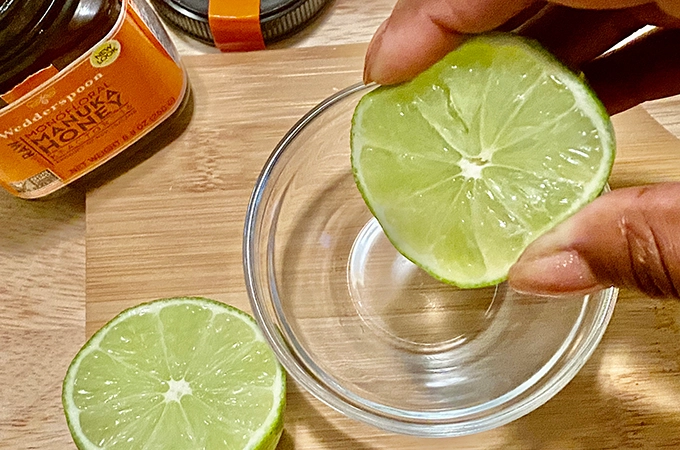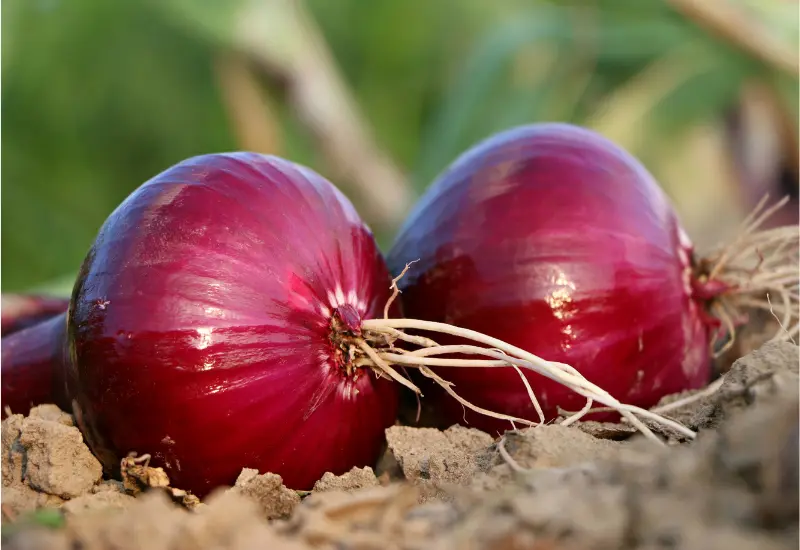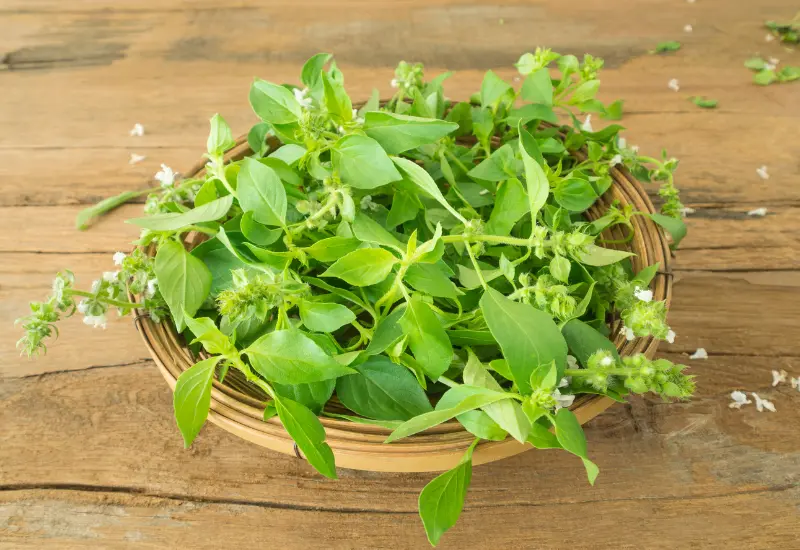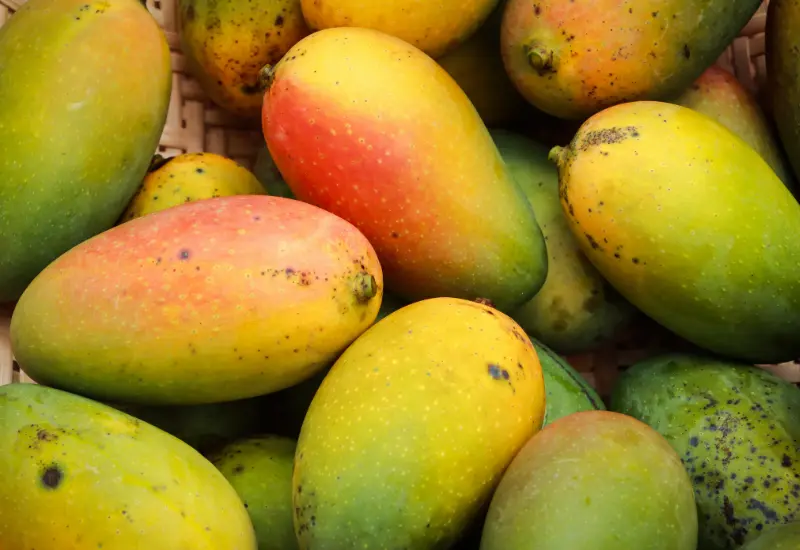Regular fruit eaters are aware that although some fruits give you a boost of vitality and renewed energy, others just appeal to you because doctors say they’re healthy. Because a fruit’s nutrient content is independent of its yum or zest, avocados, in spite of their remarkably bland taste, are higher in dietary fiber, iron, magnesium, and phosphorus than pineapples. Some fruits, on the other hand, are excellent for replenishing the body because they strike a balance between taste and nutrients.
Among these fruits are citrus fruits. Citrus fruits, which are high in citric acid, are prized for their health advantages as well as their flavor. Tangerines are eaten by squeezing a piece with your tongue after peeling the rind. Your body gets ready to absorb a combination of vitamins C, beta-carotene, folate, and potassium as its sweet, liquid substance bursts in your mouth.
Every fruit in the citrus family has the same experience. The high water content, adaptability, and remarkable nutrient density of lemons, limes, and other citrus fruits are undeniable, even if you don’t enjoy their unique sourness. They differ from other fruits in these ways. How well-versed are you in citrus fruits?

A Citrus Fruit List
Lemons, limes, tangerines, and oranges are all familiar to you. Yes, you should create lemonades when life throws you a curveball. Did you know that lemons aren’t found in nature? They are a cross between citrons and bitter oranges. That’s not all, though.
A common fruit in Nigeria and many other nations, oranges are also a hybrid. They are from East Asia and are a hybrid of pomelos and mandarins. Actually, only a small percentage of the citrus fruits that are known to exist evolved naturally. There are four natural citrus fruits, according to some academics, while others contend that there are only three.
Four naturally occurring citrus species will be the focus of this article. They are:
Citrus medica, or citron
One of the earliest citrus fruits to be cultivated, citrons are distinguished by their thick, fragrant peel and sparse juice. It has important culinary and therapeutic uses and is mostly used for its peel and zest rather than its pulp. India and the Himalayan foothills are thought to be the birthplaces of citrons.
Citrus reticulata, or Mandarin
The ancestors of oranges and tangerines, mandarins are small, delicious, and simple to peel. Mandarins’ deep-orange rinds make a striking addition to any fruit basket or store. Mandarins are popular for both fresh consumption and juice manufacturing because of their rich flavor and vivid color.
Citrus maxima, or pomelo
Pomelos, the biggest citrus fruit, with thick rinds and a sweet, sour taste. Many citrus hybrids, including grapefruits, lemons, and certain oranges, get their color from their pale-green rinds. They are used to create a variety of citrus hybrids because of their high juice content and delicious flavor.
Citrus micrantha, or micrantha
Micrantha is a tiny, highly sour fruit that is indigenous to the Philippines and is the least well-known of the four. It mostly aids in the production of certain lime kinds through breeding.
The most popular hybrid citrus fruits are listed below, along with their original sources:
Oranges
The most popular citrus fruit in Nigeria, oranges are grown in a number of places, including Benue, Taraba, and Ibadan. They are a hybrid of pomelos and mandarins and are often seen in fruit baskets, fruit markets, and fruit salads. They can be consumed raw, juiced, or in salads.
Tangerines
The most popular citrus fruit in Nigeria, oranges are grown in a number of places, including Benue, Taraba, and Ibadan. They are a hybrid of pomelos and mandarins and are often seen in fruit baskets, fruit markets, and fruit salads. They can be consumed raw, juiced, or in salads.
Lemon
Lemons are widely available and utilized for their sour juice in teas, cooking, and beverages; however, they are not as frequently eaten fresh as oranges or tangerines. Their distinct sourness, which comes from their citron origin, adds flavor when sprinkled over dishes like pepper soup and beverages like cocktails. They are also an essential component of detox drinks and home treatments due to their high acidity and vitamin C content.
Limes

Lime is used widely in cooking, from marinating meats to seasoning foods, and is more common than lemons in Nigerian homes. Additionally, they are a mainstay in regional herbal and medical mixtures. Although the origins of different lime kinds vary, most are derived from a mixture of micranthas and citrons.
Grapefruits

Grapefruits are still available in some markets, despite being less popular than oranges and tangerines. Grapefruits are shaped like oranges and have a unique bittersweet flavor because they are a cross between sweet oranges and pomelos, which have bitter flavors.
All citrus fruits are good for your health, regardless of their evolution or flavor. Let’s emphasize how the body is rejuvenated by these fruits.
How the Body Is Fueled by Citrus Fruits
Citrus fruits are powerful sources of nutrients. They are vital for energy, hydration, and general health because of their abundant vitamin, mineral, and antioxidant content. Here are some bodily functions of citrus fruits.
Hydration and Homeostasis
With an approximate water content of 85–90%, citrus fruits are a great way to stay hydrated. Homeostasis, the body’s capacity to control internal factors including temperature, pH, and electrolyte balance, is aided by enough hydration.
Citrus fruits’ natural water content helps with digestion, circulation, and cellular function by replacing lost fluids. This makes them a great option for a daily hydration boost, after fasting, or after vigorous exercise. Their potassium level also aids in maintaining electrolyte balance, avoiding weariness and lightheadedness brought on by dehydration.
Increasing Immunity with Antioxidants and Vitamin C
Citrus fruits’ high vitamin C content, which is essential for immune function, is one of their best-known advantages. White blood cells are our body’s first line of defense against infections, and vitamin C promotes their synthesis. Additionally, it reduces oxidative stress, which can impair immunity, by neutralizing free radicals.
Flavonoids and carotenoids, which are also found in citrus fruits, boost immunity and speed the body’s recovery from diseases and everyday stressors. Frequent consumption of citrus fruits helps maintain a healthy immune system, promote healing, and prevent colds.
Improving Absorption of Nutrients and Digestion
Citrus fruits are also good for your digestive system since they contain natural acids and soluble fiber. Oranges and tangerines include pectin fiber, which slows down digestion and improves nutrient absorption and gut health. Citric acid, on the other hand, increases the activity of digestive enzymes, which facilitates the more effective breakdown of food. This is especially helpful after a fast since it primes the digestive tract to efficiently absorb nutrients from later meals. Citrus fruits are a wonderful complement to a balanced diet because of their mild acidity, which also helps to avoid bloating and indigestion.
Boosting Vitality and Energy with Natural Sugars
Citrus fruits’ natural fructose and glucose content makes them a quick but reliable source of energy. Citrus fruits’ carbs provide a steady energy release, avoiding sugar crashes and weariness, in contrast to manufactured sugars. Because of this, they are perfect for recuperating from high-intensity activities like working out.
Furthermore, their B-vitamin content—particularly that of B6 and folate—contributes to energy metabolism, assisting the body in more effectively converting food into fuel.
However, you must exercise restraint when ingesting sweet citrus fruits, especially oranges, due to their high sugar content. Although oranges, which include 9–17 grams of sugar per 100 grams, are healthy to eat, drinking a glass of homemade orange juice will increase the amount of sugar in your body.
You can gain weight as a result of this blood sugar rise. Store-bought orange juices should also be avoided because they frequently include preservatives, sugar, and orange flavor. In addition to raising blood sugar levels, these chemicals can cause allergies, tooth damage, and weight gain.
Are All People Safe to Eat Citrus Fruits?
Generally speaking, yes. They do, however, have some disadvantages that should be considered. Citrus fruits, for example, are not recommended for those who have ulcers because of their high acidity, which might aggravate the symptoms of the ulcer by irritating the stomach lining.
For those who suffer from acid reflux or gastroesophageal reflux disease (GERD), this excessive acidity may also be uncomfortable. By irritating the lining of the esophagus, eating too many citrus fruits can cause heartburn or exacerbate acid reflux symptoms.
The possibility of hypersensitivity or allergic responses is another issue. Although rare, moderate allergic reactions, including itching, swelling, or skin irritation, might occur in some people after eating citrus fruits. Citrus fruits may also occasionally cause drug interactions. For instance, statins, blood pressure drugs, and certain antidepressants have been shown to interact with grapefruit.
Fruits with less acidity, including watermelons and bananas, are the best choices in these situations.
Citrus fruits are renowned for their immune-boosting properties. Including other tropical fruits with health benefits, like mangoes, can offer a diverse range of nutrients to support overall well-being.
Incorporating citrus fruits into your diet provides a rich source of vitamin C and antioxidants. Similarly, exploring other nutrient-dense plant-based foods can further enhance your nutritional intake.






